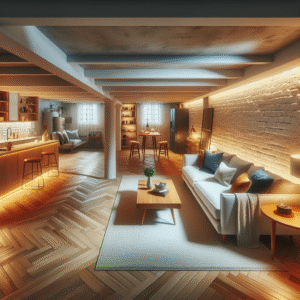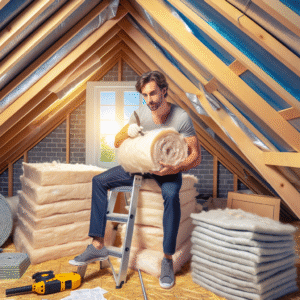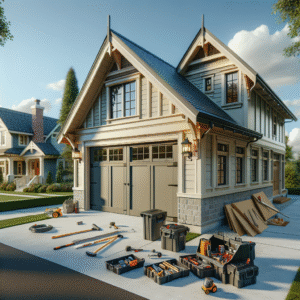Do you ever wonder how long your roof will last? The lifespan of a roof is a critical aspect of home maintenance that can save you thousands in potential repairs. Various factors influence how long your roof will hold up against the elements, from the materials used to construct it to how well it’s maintained. Understanding these factors can help you extend the life of your roof and ensure your home remains safe and dry.
Understanding Roof Lifespan: Factors That Affect Durability
Every homeowner wants their roof to last as long as possible. The durability of your roof is influenced by several key factors, including material quality, installation proficiency, local weather conditions, and regular maintenance. By knowing what affects your roof’s lifespan, you can take proactive steps to protect your investment.
5 Essential Maintenance Tips to Prolong Your Roof’s Life
Maintaining your roof might seem daunting, but it doesn’t have to be. Simple, regular checks and upkeep can significantly extend the life of your roof. From cleaning gutters to inspecting for damage, small actions can prevent big problems down the road.
Choosing the Right Materials: A Comparative Guide for Longevity
The materials you choose for your roof impact not just its appearance, but its longevity and performance. Whether you’re considering classic asphalt shingles, sleek metal panels, or natural slate, understanding the pros and cons of each option will help you make an informed decision that balances aesthetics, cost, and durability.
In this guide, we’ll dive deeper into these topics, providing you with expert advice and practical tips to ensure your roof stands the test of time. Whether you’re installing a new roof or maintaining an existing one, our insights will help you make the best choices for your home.
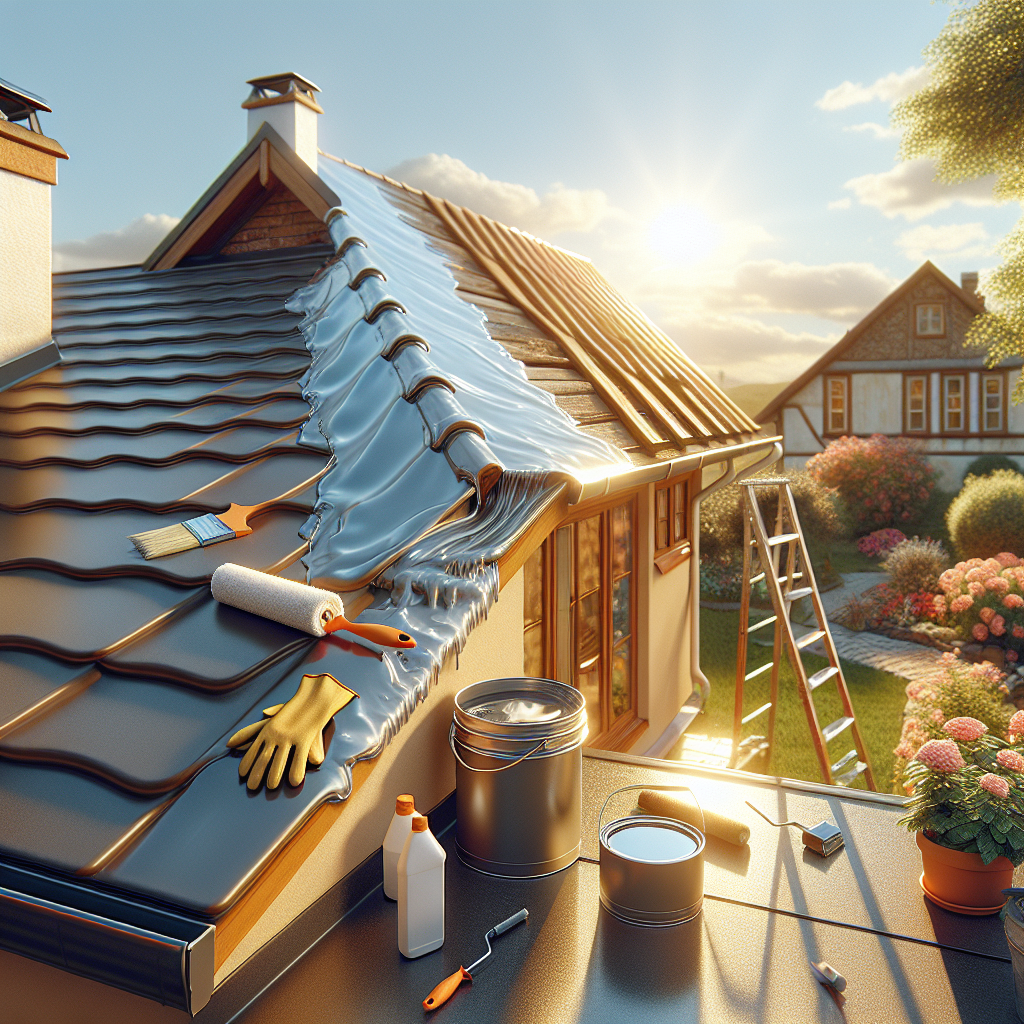
If you’re ready to take your home improvement or construction project to the next level, we can help! Find trusted contractors on BuildNet, whether you’re looking for renovations, new builds, electrical work, plumbing, or anything in between. Our directory connects you with qualified professionals who can make your vision a reality.
Understanding Roof Lifespan: Factors That Affect Durability
Ever wonder why some roofs seem to last forever while others are ready for a replacement much sooner than expected? The lifespan of your roof can significantly impact your home maintenance budget and overall property value. But what exactly influences how long your roof will hold up against the elements? Let’s dive into the key factors that affect roof durability and how knowing these can help you make informed decisions about your home.
Material Matters
The type of material you choose for your roof plays a pivotal role in its longevity. Each material comes with its pros and cons, and understanding these can help you choose the best option for your climate and house style. For example:
- Asphalt Shingles: Popular due to their cost-effectiveness and decent durability, typically lasting 15-30 years.
- Metal Roofing: Known for its resilience, metal can last 40-70 years and is excellent for rainwater shedding.
- Clay and Concrete Tiles: These materials are incredibly durable, with lifespans that can exceed 100 years, especially in hotter climates.
- Slate: As one of the most durable roofing materials, slate can last over 100 years but is also one of the more expensive options.
Climate Conditions
The weather plays a no-less crucial role in the lifespan of your roof. Different materials react differently to environmental conditions:
- High Winds: Can lift or even remove shingles and tiles. Metal roofs are generally more resistant to wind.
- Heavy Rain and Snow: Moisture can cause materials to deteriorate over time. Proper installation and drainage are key.
- Sun Exposure: UV rays can degrade certain materials faster. Tiles and metal are more resistant to sun damage.
- Temperature Fluctuations: Rapid changes can cause materials to expand and contract, leading to wear and tear. Composite materials tend to handle this better.
Installation and Workmanship
A roof is only as good as its installation. Even the best materials can fail prematurely if not installed correctly. Ensuring you hire a reputable contractor with experience in the specific material you choose is crucial. Proper installation not only elongates the life of your roof but also ensures that warranties remain valid.
Roof Design and Structure
The design of your roof also affects its longevity. Roof features such as slope, orientation, and complexity can influence how well it performs and lasts:
- Slope: Roofs with steeper slopes tend to last longer as they shed water and debris more effectively.
- Complex Designs: More hips, valleys, and penetrations can lead to more potential failure points and maintenance challenges.
- Orientation: Roofs with southern exposures generally receive more sunlight, potentially leading to quicker deterioration in some materials.
Maintenance Practices
Regular maintenance cannot be overstated in its importance. Roofs that are neglected are prone to issues like moss and algae growth, debris accumulation, and ultimately, quicker degradation. Annual inspections and timely repairs can significantly extend the life of your roof by addressing small issues before they escalate.
Surrounding Environment
The area surrounding your home can also impact your roof’s lifespan. For example:
- Trees: Overhanging branches can scrape and damage roofing materials or drop debris that encourages moisture retention.
- Proximity to the Sea: Homes close to the ocean can experience accelerated wear due to salt exposure, which can corrode materials more rapidly.
Understanding these factors can help you make better choices about your roofing materials and maintenance practices, ultimately ensuring that your roof lasts as long as possible. Remember, a well-chosen and well-maintained roof not only protects your home but also enhances its overall value and curb appeal.
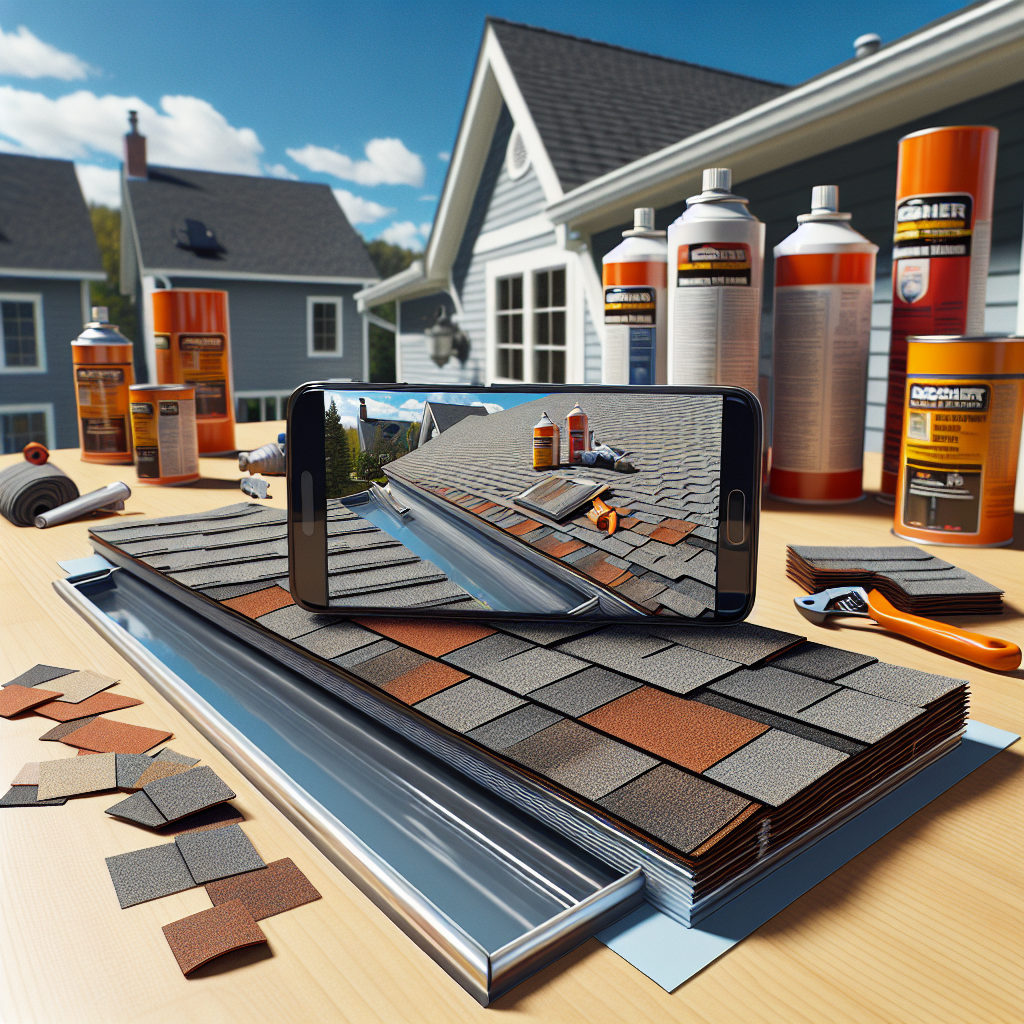
5 Essential Maintenance Tips to Prolong Your Roof’s Life
Hey there, homeowner! Are you looking to keep your roof in top-notch condition for years to come? You’ve landed in the right place! 🏠 Regular maintenance is key to extending the life of your roof and avoiding costly repairs down the line. Here are five essential maintenance tips that will help keep your roof sturdy and strong, rain or shine!
1. Keep Those Gutters Clean
Let’s start with the gutters, shall we? Clogged gutters can lead to a host of problems, including water backup and damage to your roof’s structure. Ensure your gutters are free of leaves, twigs, and debris, especially after the autumn season. A simple routine cleaning twice a year can prevent water from pooling and causing damage to your roof. For those living in areas with frequent storms or lots of tree cover, consider increasing the cleaning frequency.
2. Inspect Your Roof Regularly
Out of sight, out of mind? Not when it comes to your roof! Regular inspections are crucial to catch issues early and address them before they escalate. Look for missing, damaged, or curling shingles and check for signs of wear around roof fixtures and chimneys. If climbing onto your roof isn’t your cup of tea, using binoculars from the ground can help you spot trouble areas, or better yet, consider hiring a professional from your local roofing services to ensure a thorough inspection.
3. Trim Overhanging Branches
Do you have trees surrounding your home? While they offer shade and aesthetic appeal, overhanging branches can pose a risk to your roof. Branches that hang too close can scrape and gouge roofing materials, especially during high winds. Trimming these branches back not only protects your roof but also prevents leaves from piling up on top, which can retain moisture and lead to rot.
4. Address Moss and Algae Growth
In damp climates, the growth of moss and algae can be a common issue, which can damage roofing materials over time if not addressed. If you notice any green patches on your roof, it’s time to take action. You can opt for a gentle wash with a moss remover solution specially designed for roofs. For a long-term solution, consider installing zinc or copper strips at the ridge of your roof, which help prevent the growth of these organisms. Always avoid power washing your shingles, as it can strip away granules that protect your roof.
5. Ensure Adequate Attic Ventilation and Insulation
Proper attic ventilation and insulation play a pivotal role in the health of your roof. Poor ventilation can lead to heat buildup underneath the shingles, causing them to prematurely age, while adequate insulation helps regulate your home’s temperature. Check that your attic is properly ventilated and that the insulation is up to par. This will not only help extend the life of your roof but also improve your home’s overall energy efficiency.
Remember, maintaining your roof is a continuous process. By following these tips, you’re not just protecting a house; you’re caring for your home. Regular upkeep not only extends the life of your roof but also prevents potential hazards and costly repairs. So, grab your ladder and get started today! And if you’re ever in doubt, don’t hesitate to call in the pros from your trusted local roofing services. Stay safe and keep that roof over your head in great shape! 👍
Choosing the Right Materials: A Comparative Guide for Longevity
Hey there! Are you in the middle of selecting the best roofing materials for your home but feeling a bit overwhelmed by all the options out there? You’re not alone! Picking the right materials is crucial not only for aesthetic reasons but also for ensuring your roof stands the test of time. Let’s dive into a friendly comparison of popular roofing materials to help you make an informed decision that suits your local climate, budget, and style preferences.
Asphalt Shingles: The Go-To Favorite
When it comes to popularity, asphalt shingles top the chart in many neighborhoods across the country. They are loved for their cost-effectiveness, ease of installation, and a decent lifespan of about 15 to 30 years. Here’s the scoop:
- Pros: They come in a variety of colors and styles, are widely available, and are one of the most affordable roofing options.
- Cons: They have a shorter lifespan compared to other roofing materials and can be prone to algae growth in humid climates.
Metal Roofing: Durable and Eco-Friendly
Moving on to a slightly pricier option, metal roofs. A strong candidate if you’re looking for durability and eco-friendliness. With a life expectancy of 40 to 70 years, metal roofs offer a solid return on investment.
- Pros: Fire resistant, energy-efficient (reflecting solar radiant heat), and almost maintenance-free. They are also highly recyclable at the end of their life.
- Cons: Higher initial cost and during heavy rain or hail, they can be noisier than other materials unless properly insulated.
Tile Roofing: Classic and Resilient
If you’re leaning towards a more traditional or elegant look, tile roofing might be your best bet. Commonly made from clay or concrete, tiles can last over 50 years.
- Pros: Excellent durability, fireproof, and offers a distinct style that can boost your home’s curb appeal.
- Cons: They are heavier than other materials and require a reinforced roof structure. Also, they can be more expensive to install and repair.
Slate Roofing: The Century-Long Roof
For those who envision a truly long-term investment, slate roofing is a premier choice. Slate is incredibly durable, with a lifespan that can exceed 100 years.
- Pros: Natural appearance, fire resistance, and the ability to withstand harsh weather conditions.
- Cons: Very heavy, requiring a strong structural base, and one of the most expensive roofing materials.
Wood Shingles and Shakes: Naturally Aesthetic
Would you prefer a more rustic look? Wood shingles and shakes could be the perfect match. They are typically made from cedar, redwood, or southern pine.
- Pros: Aesthetically pleasing with a natural look, offers some insulation properties, and is typically treated to be fire-resistant.
- Cons: Requires regular maintenance to prevent decay and mold, less fire-resistant than other materials unless treated, and not ideal in extremely wet climates.
Synthetic Roofing: The Modern Innovation
Last but definitely not least, let’s talk about synthetic roofing. Made from rubber, plastic, or polymer, these materials can be engineered to offer the best properties of other roofing materials.
- Pros: Lightweight, low maintenance, and often comes with long warranties. They can also mimic the look of wood, slate, or tile.
- Cons: Quality varies widely between manufacturers, so selecting a trusted brand is crucial.
Choosing the right roofing material requires balancing aesthetics, budget, climate concerns, and longevity. Whether you lean towards the timeless appeal of slate or the modern functionality of synthetic roofing, each material offers unique benefits and trade-offs. Remember, a well-informed choice will help ensure that your roof not only looks great but also protects your home for years to come.
Hopefully, this guide sheds some light on the daunting task of picking the perfect roofing material. If you’re ready to take the next step, why not talk to local contractors in your area? They can provide you with insights specific to your region, ensuring your roof is just as functional as it is beautiful. Happy roofing!
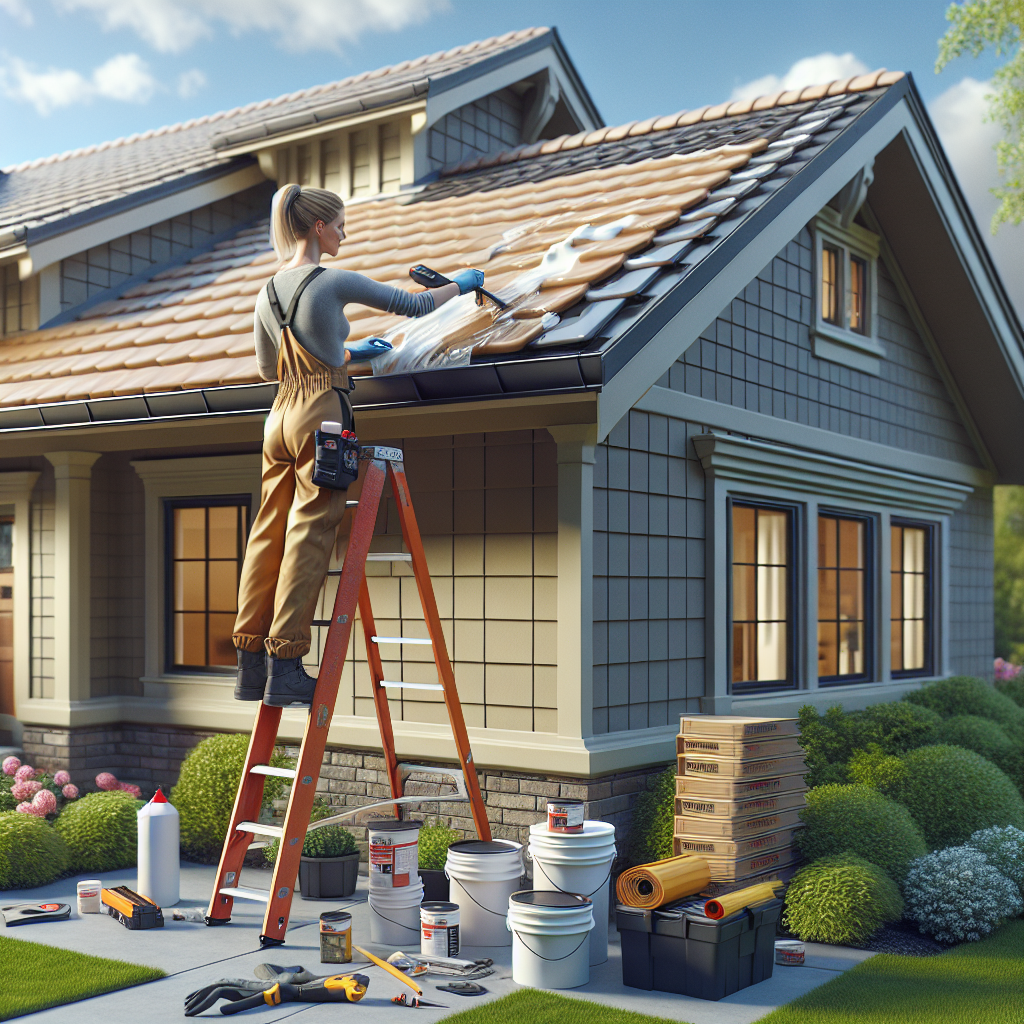
What factors influence the lifespan of a roof?
The durability of your roof is influenced by several factors, including the material used, the quality of installation, the local climate, and the level of maintenance it receives. Materials like slate and metal tend to last longer than asphalt shingles. Harsh weather conditions such as heavy snow, hurricanes, or extreme heat can also reduce a roof’s lifespan.
How often should a roof be inspected to ensure it remains in good condition?
It’s recommended to have your roof inspected at least once a year by a professional. However, if your area experiences severe weather conditions, more frequent inspections may be necessary. Regular inspections can help identify potential problems early, preventing costly repairs down the line.
What are some signs that a roof may need repairs or replacement?
Signs that your roof may need attention include missing, cracked, or curling shingles, leaking in the attic after a storm, and noticeable sagging. If you notice any of these issues, it’s crucial to contact a professional immediately to assess the condition of your roof.
Can the choice of roofing materials impact energy efficiency in a home?
Absolutely! Materials like metal roofing reflect solar radiant heat, which can reduce cooling costs in the summer. Light-colored or “cool” roofs are designed to reflect more sunlight and absorb less heat than a standard roof, enhancing the energy efficiency of your home.
What maintenance tips can help prolong the life of a roof?
- Regular Cleaning: Keep your roof free of debris, moss, and algae, which can retain moisture and cause damage over time.
- Trim Overhanging Branches: This prevents branches from rubbing against the roof and leaves from accumulating, which can lead to moisture issues.
- Ensure Proper Insulation and Ventilation: This helps prevent ice dam formation in winter and reduces heat buildup in summer, both of which can damage your roof.
- Repair Damage Promptly: Addressing small issues quickly can prevent them from becoming major problems.
- Regular Professional Inspections: A professional can spot potential issues that you might miss.
How do different roofing materials compare in terms of cost and longevity?
Asphalt shingles are the most cost-effective option and last about 20-30 years. Metal roofs are more expensive but can last 40-70 years. Slate and tile roofs are at the higher end of both cost and longevity, lasting 50-100 years or more. Each material also has unique benefits and challenges in terms of installation, maintenance, and performance in different climates.
Are there environmentally friendly roofing options?
Yes, there are several eco-friendly roofing options available today. Materials like recycled shingles made from waste materials and cool roofs that reflect more sunlight and absorb less heat are popular choices. Green roofs, covered with vegetation, can also reduce heat and absorb rainwater.
How do warranties and guarantees contribute to the lifespan of a roof?
Warranties and guarantees from manufacturers and contractors can provide peace of mind and protect your investment. They typically cover materials and workmanship and can vary significantly. Always understand what your warranty covers and for how long, as this can influence the overall value and longevity of your roofing choice.
Is it better to repair or replace a damaged roof?
This decision often depends on the extent of the damage and the age of your roof. Minor damage might be effectively repaired, especially in newer roofs. However, if the roof is nearing the end of its expected lifespan, or if there are widespread issues, replacement might be the more cost-effective and safer choice.
Conclusion
Understanding the factors that impact the lifespan of your roof and engaging in regular maintenance can significantly extend its durability and functionality. Choosing the right materials and ensuring proper installation are also crucial for maximizing your roof’s lifespan. Remember, the best way to handle any concerns about your roof is to consult with a professional who can provide personalized advice and solutions tailored to your home’s specific needs.
If you’re considering any work on your roof or if you have any concerns, don’t hesitate to contact a contractor through the BuildNet website for a free quote. Our directory is filled with experienced professionals who can help ensure your roof remains in tip-top shape for years to come. Stay proactive and take action today to protect your home tomorrow!

